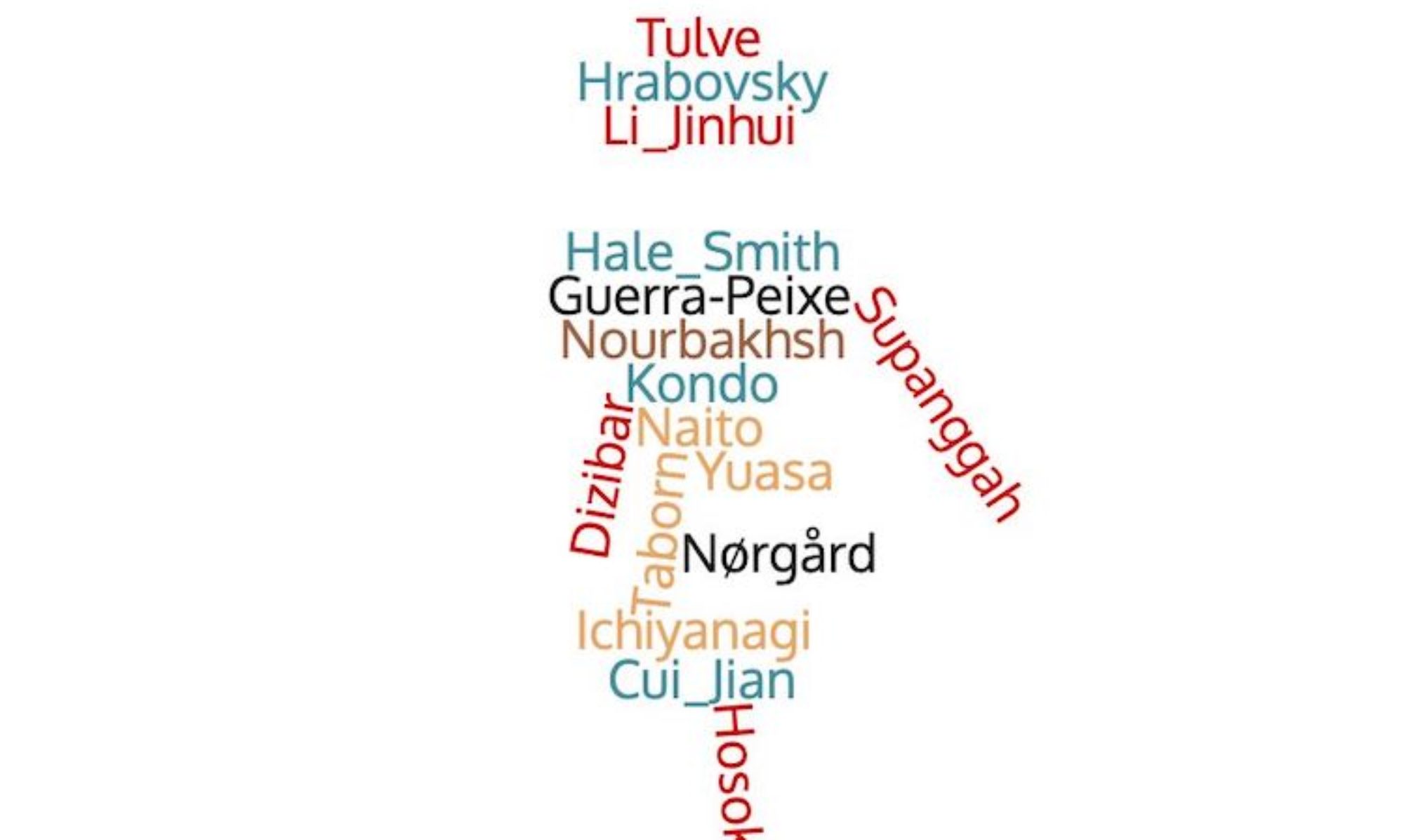By Mao Mengdan and Min Lingkang
This post is part of a series on 100 modern conservatory-trained Chinese composers from 1912 onwards who wrote symphonic, ensemble, and solo instrumental music using Western instruments, as well as choral and solo vocal music, adopting Western tonality or avant-garde techniques. They are regarded as key historical figures in and drivers of modern Chinese music history.
Qu Wei (May 9, 1917 – May 20, 2002), originally named Qu Shixiong, was a renowned Chinese composer, music theorist, and critic. He was known for his works such as the opera “The White-Haired Girl” and the piano piece “Flower Drum.” He published over 20 articles and the compilation “Selected Works of Qu Wei.” Qu Wei also contributed as an editor to the complete works of Nie Er and Xian Xinghai and served as the editor-in-chief and advisor for “Chinese Music Education” magazine.
Qu Wei’s passion for music began in middle school, where he was exposed to a wide range of folk music and taught himself to play various instruments. In 1933, he enrolled in the Shanghai Xinhua Art College to study music and art. During his time there, he actively participated in the anti-Japanese invasion and salvation movement (kangri jiuwang movement, referring to the Second Sino-Japanese War) led by the then underground Communist Party.
In May 1938, Qu Wei joined the Chinese Communist Party in Yichang, Hubei, and engaged in underground Party work while promoting the anti-Japanese invasion and salvation movement through music. In November 1938, he joined the chorus of the China Film Studio in Chongqing as a piano accompanist. In October 1939, he was invited to the Second National Revolutionary Art Institute in Yichuan, Shaanxi, to serve as the head of the music department. He later moved to the Shaanxi-Gansu-Ningxia Provinces Border Region.
Starting in February 1940, Qu Wei taught at the Lu Xun Academy of Arts in Yan’an and attended the Yan’an Forum on Literature and Art. After the victory of World War II, he traveled to Northeast China with the academy and participated in local government construction, bandit suppression, land reform, and organizing performances in line with the progress of the Civil War. He held various positions, including deputy head of the Mudanjiang Lu Xun Art Troupe, deputy head of the Northeast Music Work Troupe, and deputy head of the political department’s art troupe of the Northeast Military Region (during the Liaoshen Campaign).
Following the Liaoshen Campaign’s success in November 1948, Qu Wei became the head of the music department at the newly established Northeast Lu Xun Academy of Arts. From 1950, he worked as a composer at the Changchun Northeast Film Studio and the Beijing Central Newsreel and Documentary Film Studio, and led the Central Film Bureau’s composition training class.
In September 1955, Qu Wei went to the Soviet Union to study composition at the Tchaikovsky Conservatory in Moscow. After returning to China, he worked as a full-time composer at the Shanghai Symphony Orchestra. From 1959, he composed numerous works, including the symphonic poem “Monument to the People’s Heroes,” movie music for “Revolutionary Family,” the orchestral suite “Brilliant Festival,” the large chorus “Ode to the Oil Fields,” the orchestral “Honghu Red Guards Fantasia,” the chamber music suite “Scenery of the Grasslands,” the piano and orchestra piece “Poem,” and the orchestral “Wuzhi Mountain Rhapsody,” among others.
Qu Wei held various positions, including executive director and vice-chairman of the Chinese Musicians Association, vice-chairman of the Shanghai Musicians Association, and chairman of the China Higher Music Education Society. He passed away on May 20, 2002, in his hometown of Changzhou while working on the orchestration of “The White-Haired Girl.” The orchestration was completed by composer Ma Youyou and published by the Shanghai Music Publishing House in 2003.
“Flower Drum,” a piano piece composed in 1946, was inspired by the folk Yangge dance and reflects Qu Wei’s enthusiasm for folk music. The piece successfully combines Chinese musical language with the expressive capabilities of the piano. “Flower Drum” depicts the scene of the “Fengyang Flower Drum” dance, a traditional dance from Fengyang, Anhui, usually performed by a male and female dancer with a small gong and a small oval drum, respectively.
The composition is structured as ternary form, with a joyful first section, a slower and more lyrical second section based on the tune “Jasmine Flower,” and a final section that returns to the lively dance scene. The piece uses contrasting themes and variations, with a recurring drum rhythm that vividly portrays the joyful atmosphere of the dance.
You can watch a performance of Qu Wei’s “Flower Drum” at the following link:
